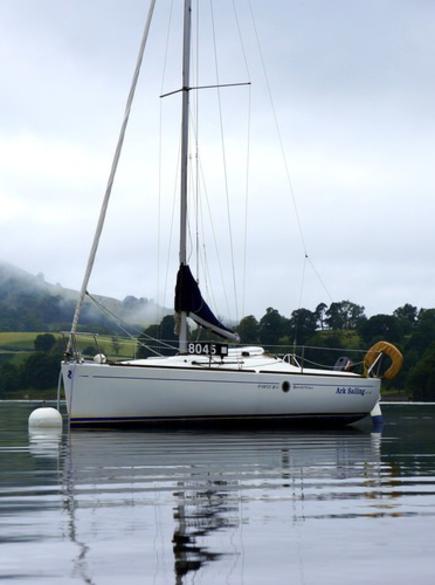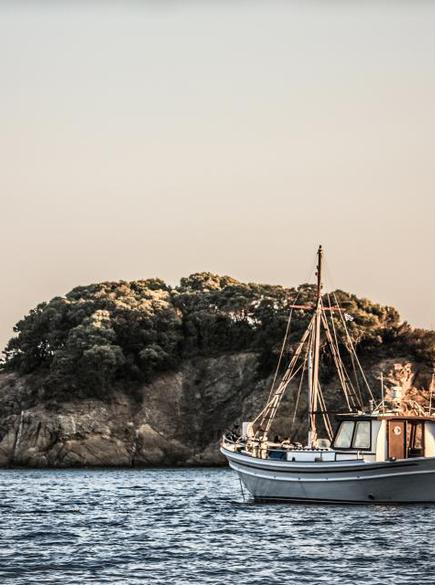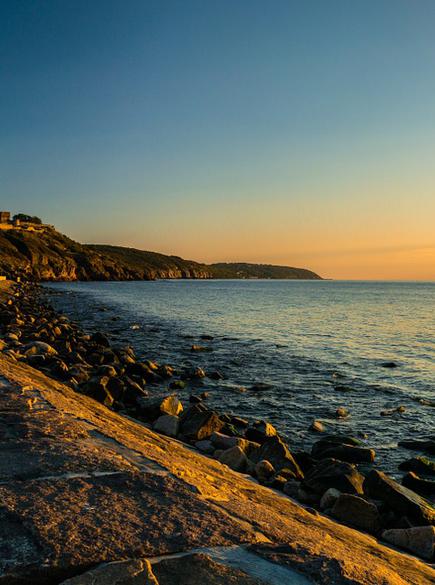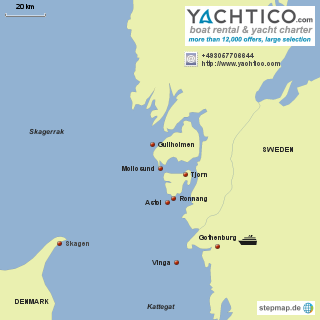Sailing Area Baltic Sea - Sailing in Northern Europe

Boats for rent in: Baltic Sea
Baltic Sea
The Baltic Sea is a colder area than the Mediterranean Sea but is nevertheless worth a cruise because of its diversity. It offers sailing areas at the coast of four countries.
- Strong wind area
- Challenging navigation
- Rainy weather is inescapable
- Biggest brackish water sea in the earth


The geographical position of the Baltic Sea makes the area very diverse. There are coasts with skerries, fjords, boddens, and lagoons. Popular sailing areas on the German Baltic coast are: Flensburger Foerde, Kieler Bucht, Luebecker Bucht, Mecklenburger Bucht and Vorpommernsche Boddenlandschaft. Sailing areas on the Danish Baltic coast include: Kattegat, Rund Sjælland, Rund Fuenen, Daenische Suedsee, Limfjord and Bornholm. Sailing areas on the Swedish Baltic coast include: the West, East and Southern coasts, Kalmarsund, Oeland, Oestergoetland, Soedermanland, Gotland and Stockholm’s Skaergard. Sailing areas on the Finnish Baltic coast are the Aland Islands and Turunmaan Saaristo (Turku Archipelago). The major Yacht charters Baltic Sea harbors along the 8000 km long coastline are: Copenhagen, Malmoe, Stockholm, Danzig, Gdynia, Stettin, Swinemuende, Trelleborg, Sassnitz, Rostock, Wismar, Luebeck, Kiel and Flensburg.

The Baltic Sea is an inland sea, and therefore does not have high or low tides. Navigationally, the area appears to be easy but challenging situations can occur. The relatively low depths don’t exceed 160 m and are often underestimated. A sudden change in weather can result in choppy waves and rough seas. Sailors should pay careful attention to the wind and weather forecasts. Strong currents mostly occur in harbor gateways and caution is required when entering or leaving ports. Furthermore, there are several danger spots containing shoals and shallows.
Moorings, Marinas and Harbours in the Baltic Sea
- Hafen Marina Wendtdorf
- Fin Marine Service
- Marina Neuhof
- Marina am Ryck
- Marina Aarosund
- Marina Egå
- Marina Stromstad

Sailing Routes Baltic Sea
Sailing the Baltic Sea is a challenging and rewarding sailing route for experienced sailors. Our route suggestions for the Baltic sea focus on the following area:
How to get there - Airports in Baltic Sea
- Lübeck Airport
- Kiel Airport
- Stralsund-Barth Airport
Climate & Weather in Baltic Sea
The size and expanse of the Baltic Sea does not allow for a universally applicable description of the weather. The southern, temperate part of the Gulf Stream influences the climate, and here the weather can be mild and very maritime. The northern part on the other hand, is dominated by a continental climate. The southern Baltic Sea is part of the transit area of Atlantic low pressure. Varying warm and cold fronts shape the weather, which is quite changeable on the German shore. The main wind directions are west and southeast. Especially in May, eastern winds can occur in good weather. To put the wind conditions simply: “If you sail to the west, the wind blows from the west, if you sail to the east, it blows from the east.” The sailing season is from mid-May to the end of September. In the summer months, temperatures are mild rather than hot. In high summer, there can be strong winds with squalls, and wind forces of up to 6 or 7 occur frequently. The possibility of rain is rather high as throughout the year, there is not a single month without rainfall, strong winds or danger of storm. While planning a cruise, it is important to consider the weather forecast and wind predictions. Strong wind warnings are to be taken seriously, as squalls can reach storm force. The weather is nowhere near as steady as in the Mediterranean Sea. During a week-long cruise, at least a few raindrops will be unavoidable.